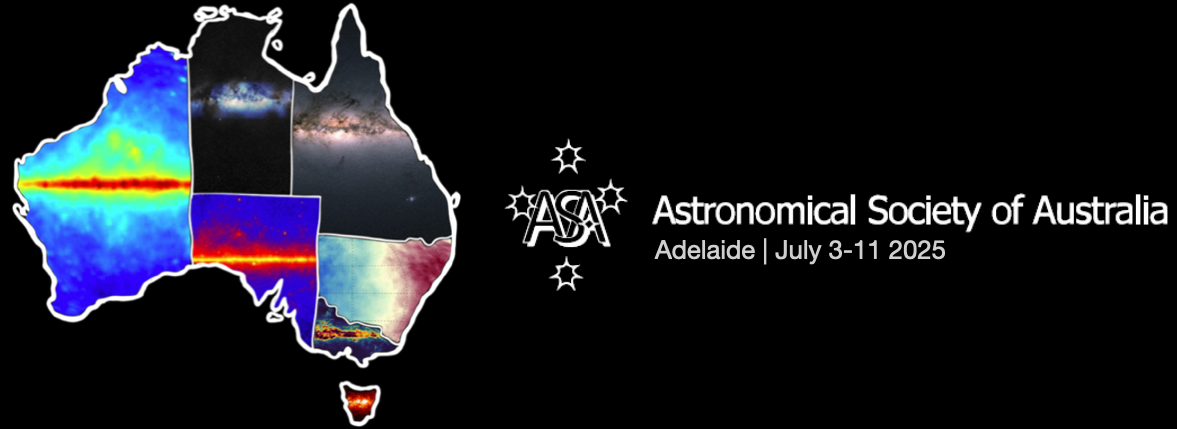Speaker
Description
The IceCube Neutrino Observatory at the South Pole has been fully operational for over a decade. With a cubic kilometre of deep ice as the detection volume, the detector has seen thousands of astrophysical neutrinos from across the sky. Initially, these were observed as an unresolved diffuse flux, but with recent improvements in event selection and reconstruction the first distinct sources are starting to emerge - the nearby AGN NGC1068 has been revealed as the first steady emitter of high-energy neutrinos. In this talk we will learn how IceCube was constructed in the deep ice, how neutrinos are detected and data analysed to reveal the sources. In addition to the steady source NGC1068, IceCube has revealed that our own galaxy is a source of high energy neutrinos, likely from populations of as-yet unresolved particle acceleration environments in the galactic plane. We will also discuss plans for the future expansion of the detector into IceCube-Gen2 – which would more than double the number of strings in the ice, and vastly expand the detection volume.

